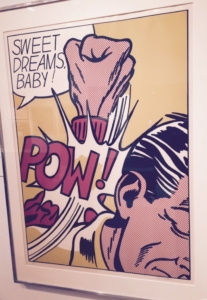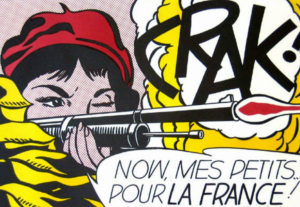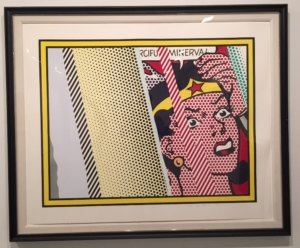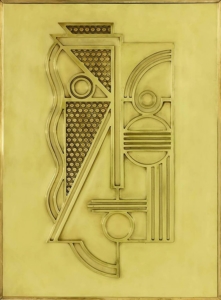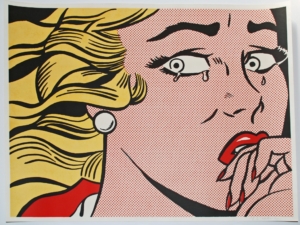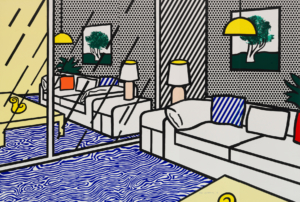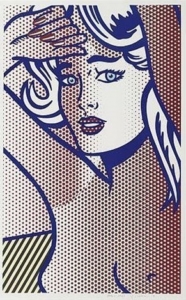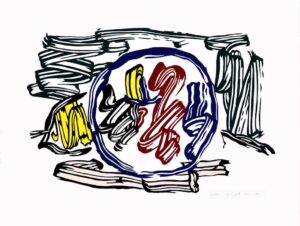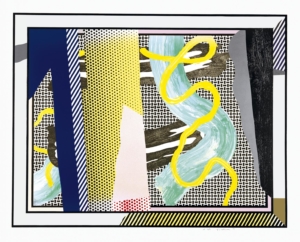Reflections on Minerva, 1990
Signed and dated in pencil, numbered, from an edition of 68
Published by Tyler Graphics Ltd, Mount Kisco, New York, with their blindstamp
42 x 51 inches (106.7 x 131.4 cm.)
All works are inspected prior to delivery, work will be sent out tracked and insured at buyers cost. If you'd like to make specific arrangements or discuss collection then please contact us directly.
Accepted: Wire transfer
ART PLEASE Assurance Policy: Every ART PLEASE seller has been approved by ART PLEASE after a thorough review. All of our sellers are required to accept the following ART PLEASE policy: A buyer may return an item purchased through ART PLEASE, if the item received is not as described in its listing, or is found to be unauthentic.
Roy Lichtenstein, a leading figure in the Pop Art movement, is celebrated for his use of bold colors, Ben-Day dots, and comic book-inspired imagery. In 1990, Lichtenstein created the artwork titled "Reflections on Minerva," showcasing his distinctive style and thematic exploration. "Reflections on Minerva" is a captivating piece that exemplifies Lichtenstein's fascination with the interplay between high art and popular culture. The composition features a stylized depiction of Minerva, the Roman goddess of wisdom, war, and the arts, surrounded by mirrors that reflect her image in a fragmented and distorted manner. Lichtenstein's use of mirrors serves as a metaphor for the fractured nature of contemporary identity, influenced by a media-saturated world where images are constantly manipulated and reproduced.
The choice of Minerva as a subject matter adds a layer of classical mythology to Lichtenstein's work, juxtaposing the timeless themes with the contemporary visual language of comics and commercial art. The Ben-Day dots, characteristic of Lichtenstein's technique, create a visually striking effect, reminiscent of both comic book printing processes and pointillist painting. "Reflections on Minerva" stands as a testament to Lichtenstein's ability to bridge the gap between high and low culture, inviting viewers to reconsider traditional notions of art and identity in the context of a rapidly changing, media-driven society.




